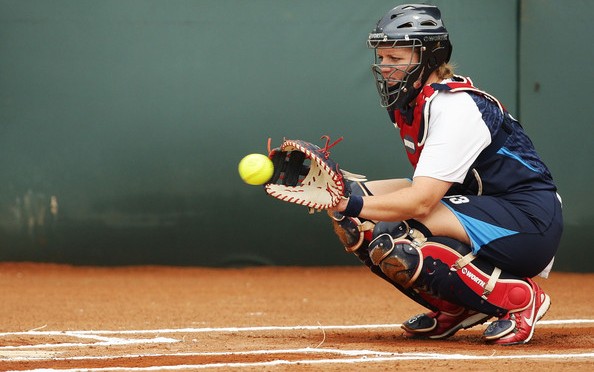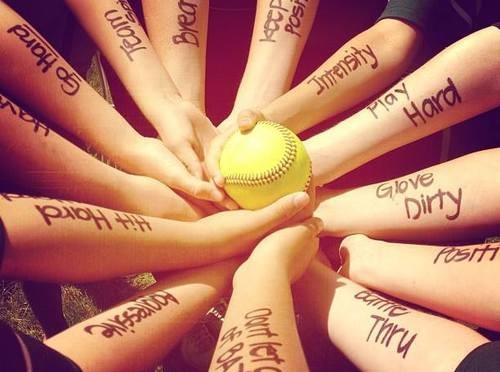As a catcher myself and training throughout the years this is one skill that has been to me an after thought to many catchers and coaches. Although, It’s unrealistic to expect a pitcher to throw a perfect strike every pitch, and in some situations, the pitch might be out of the strike zone on purpose. As such, it’s crucial for every catcher to be skilled in blocking. When a ball is in the dirt, you only have one job: Prevent the ball from getting past you. But don’t let this responsibility daunt you.
Catching might not by glorious or popular, but in my opinion it’s the most important spot on the field. If a catcher can’t catch, the pitcher can’t pitch, and it all starts with proper blocking technique. So take the following tips to heart and you’ll be unstoppable behind the plate.

In part one we will take a look at the stance. We truly have to put ourselves in a position to be able to get our feet out from under us and get our knees to the ground. The only thing that can slow us down is our feet, but lets not allow that to happen. We first have to get into a stance that allows you to move your feet quickly when necessary. This stance, again, should be balanced with a strong lower-half and a relaxed upper-half. What this means is your legs should be in a flexed position (strong) and the upper-half of your body (chest, shoulders, arms, wrists, hands) should be in a relaxed state to be able to react quickly. Let’s compare this to our hitting and fielding stances. How should you feel in your stance? It is very similar to any athletic stance. Flexed lower and Relaxed Upper. Create a rhythm to stay loose, just like in your batting stance. Relaxed muscles are fast muscles!
Stay tuned for more catching tips.

